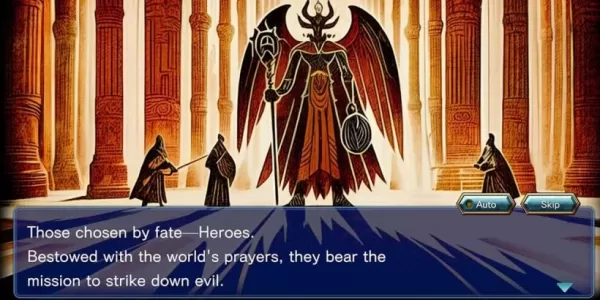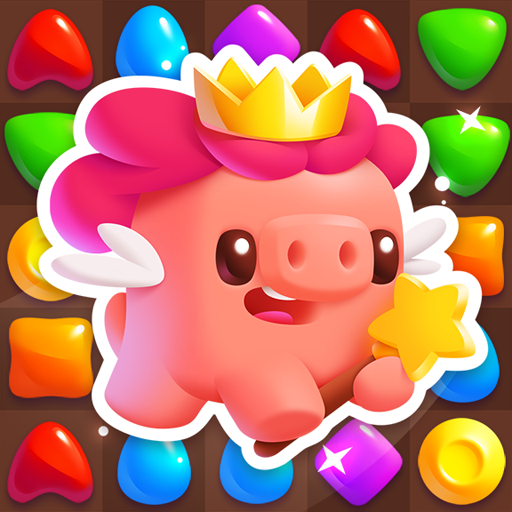Monster Hunter Guide: Weapon Revamps Detailed in IGN First
Monster Hunter Wilds: Weapon Tuning and Design Philosophy
With each new Monster Hunter release, players eagerly anticipate experiencing their favorite weapons in a fresh context. Monster Hunter Wilds, aiming for a seamless hunting experience, presents unique challenges and opportunities for weapon design. To understand the development process, we interviewed Kaname Fujioka (Art Director and Executive Director, also director of the first Monster Hunter game) and Yuya Tokuda (Wilds Director, involved since Monster Hunter Freedom).
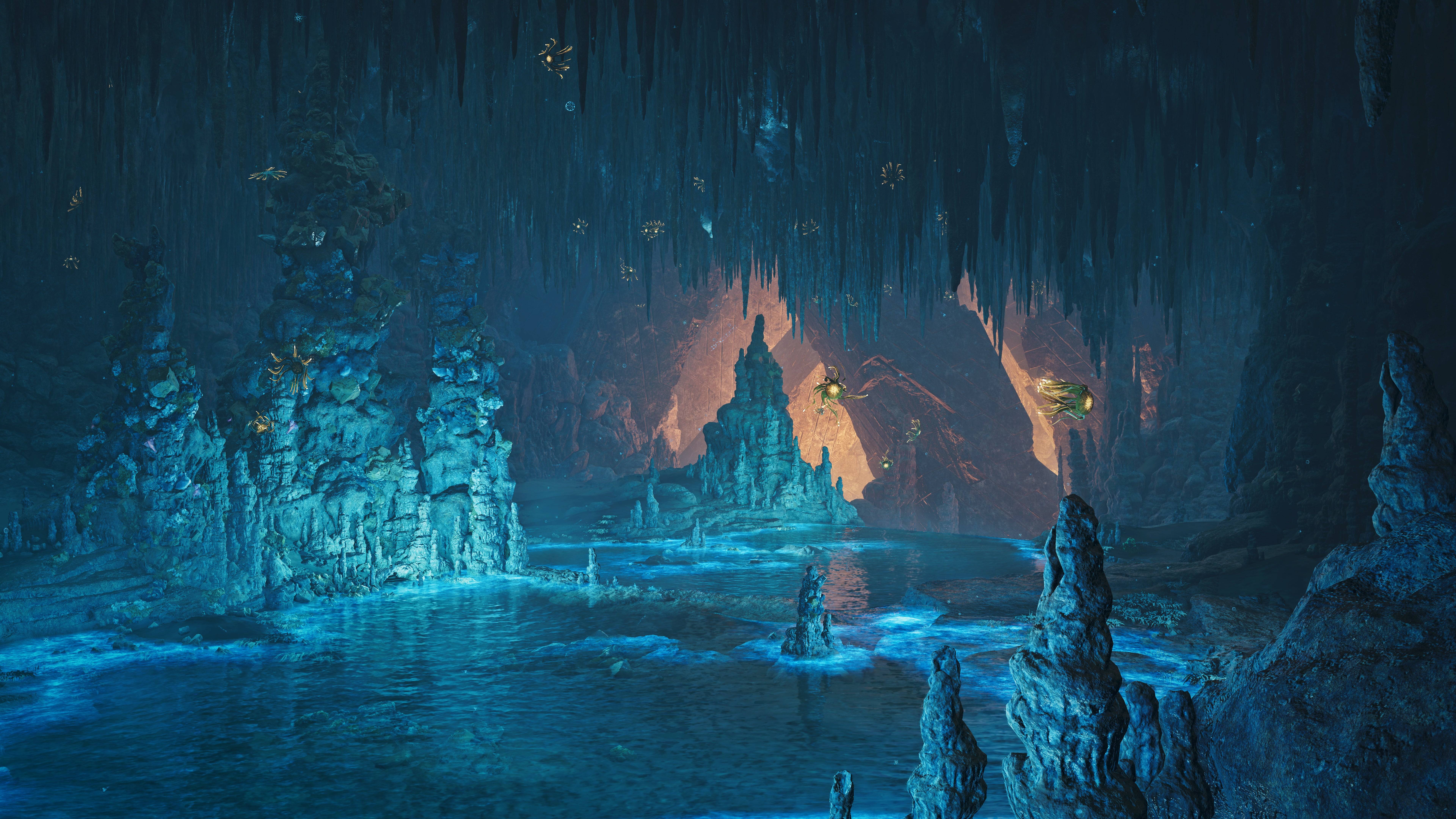

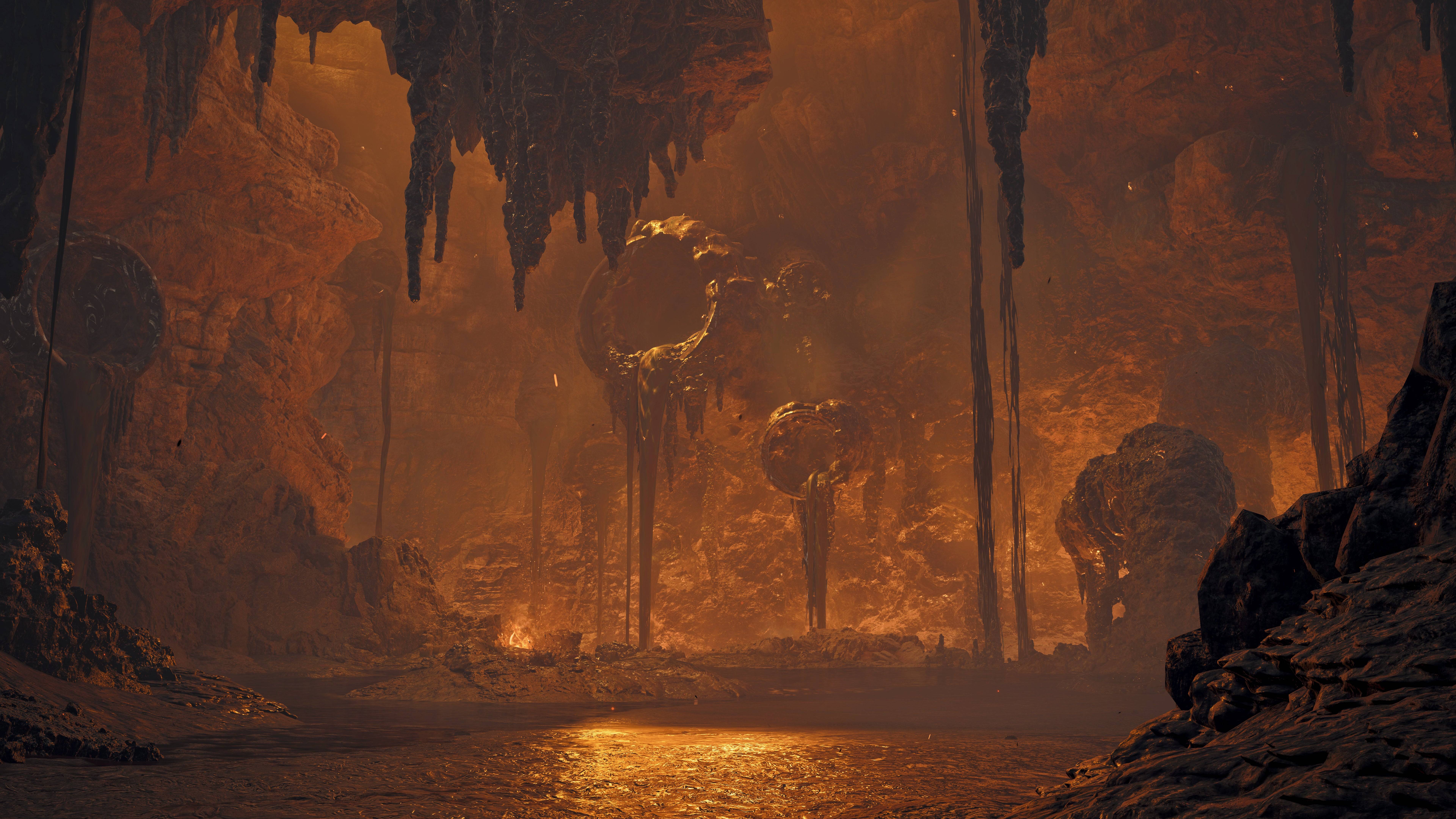
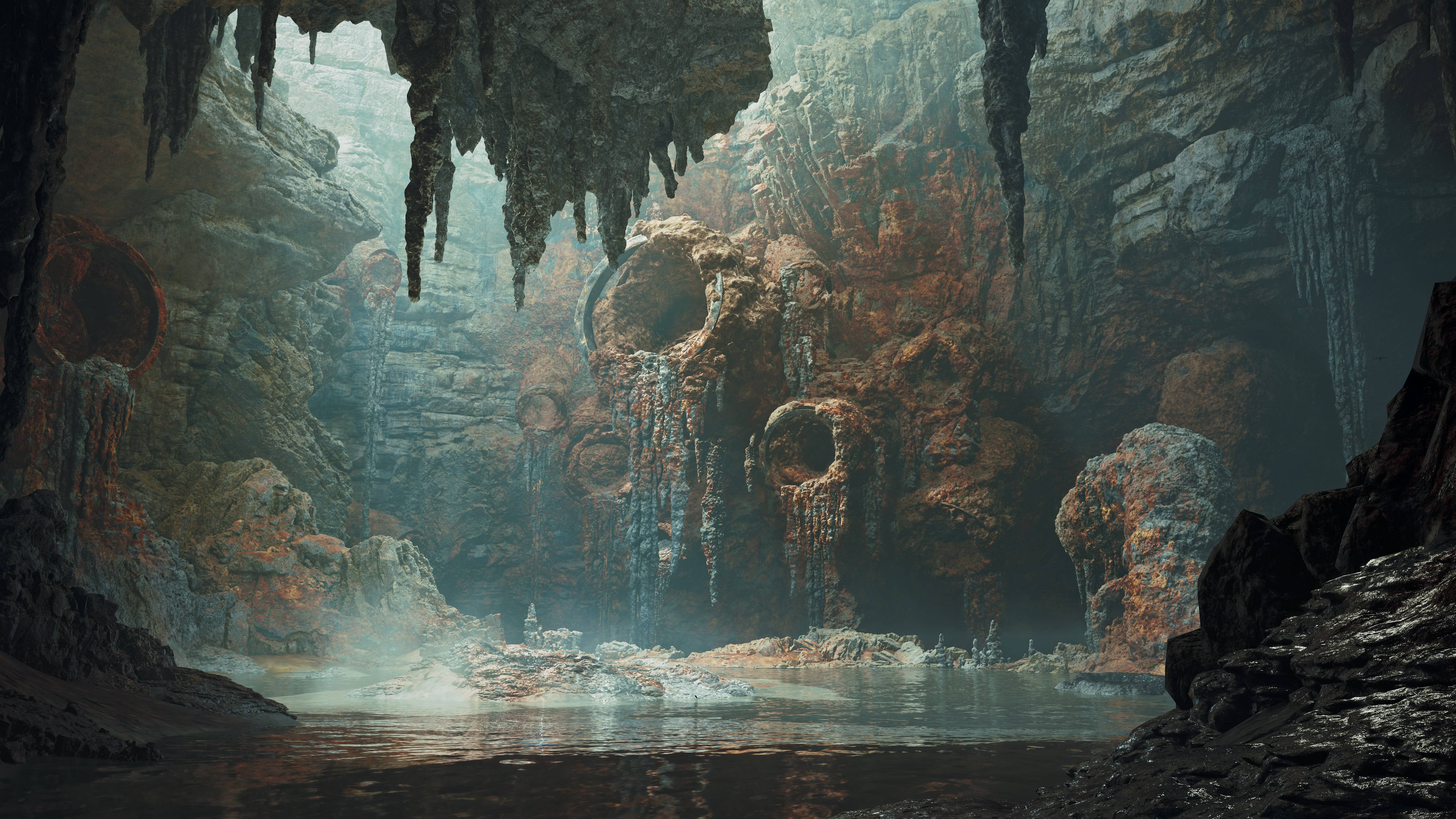
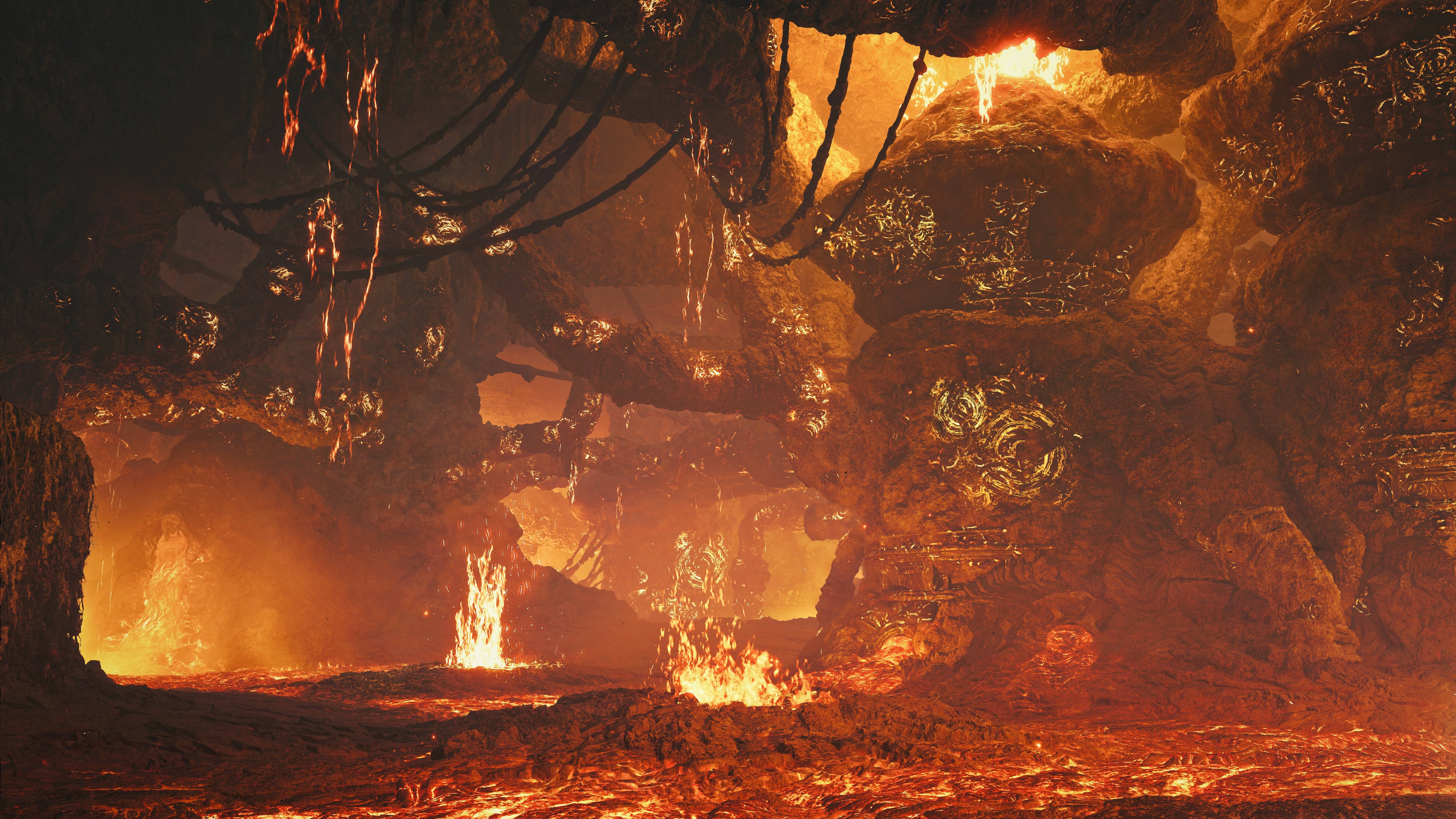
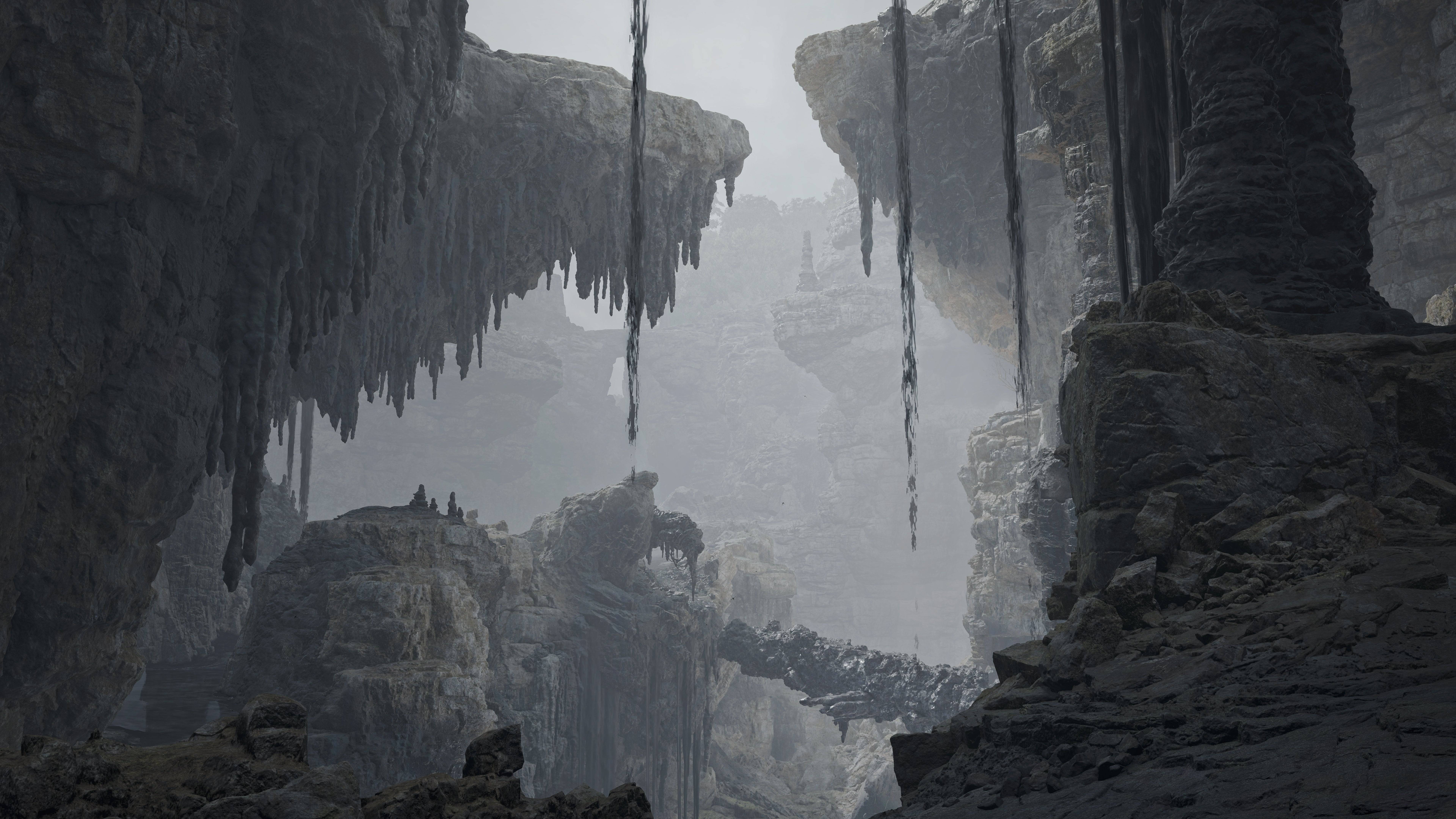
Seamless Hunting and Weapon Adjustments
Wilds' seamless map and dynamic weather necessitated significant weapon adjustments. Tokuda highlighted substantial changes to the Light and Heavy Bowguns and the Bow, addressing the challenge of unlimited ammo and coatings without base resupply. The solution involved balancing around gauge management while retaining the option of crafting powerful ammo from gathered materials. These changes extended beyond mechanics, influencing visual design, as Fujioka emphasized the improved visual representation of Bowgun charging and special shots. Technological advancements played a crucial role in enhancing these animations. The ability to seamlessly transition between actions, even during interruptions, fundamentally altered hunter capabilities. The overarching design principle was to ensure natural weapon usage in any situation, even without player input. This is exemplified by the ability to use healing items while moving, a departure from previous titles. The addition of Focus Mode, allowing directional movement during attacks, further enhanced player agency and responsiveness.
Focus Strikes and Wound System
Wilds introduces Focus Strikes, powerful attacks executed in Focus Mode, each weapon boasting unique animations. While initially exhibiting imbalances in the open beta, these were adjusted for the official release to maintain weapon diversity without excessive disparity. The wound system, triggered by accumulated damage to a specific monster body part, adds a strategic layer. Focus Strikes inflict massive damage on wounded areas, but these wounds eventually scar, forcing tactical shifts in targeting. Environmental interactions can also contribute to wounding, adding unexpected elements. Tokuda highlighted the possibility of encountering already-wounded monsters, potentially yielding additional rewards.
Monster Health and Difficulty
The introduction of Focus Mode and wounds did influence monster health, which is slightly higher than in World to maintain appropriate playtime and player satisfaction. Increased flinch resistance is balanced by the more efficient combat loops facilitated by Focus Mode, resulting in more concentrated hunting experiences.
Weapon Development Process
The development team, comprised of approximately six planners responsible for player experience, utilized a phased approach. The Great Sword served as the initial prototype, followed by the Sword and Shield and Heavy Bowgun, with lessons learned applied to subsequent weapon development. The Great Sword's design heavily influenced the overall tempo and feel of the game. Its weighty, deliberate attacks provided a baseline against which other weapons were balanced. This approach ensured that even faster-paced weapons felt integrated within the Monster Hunter experience.
Weapon Uniqueness and Balance
The developers prioritized maintaining weapon individuality over strict balance. While acknowledging the inevitable emergence of a "meta," they aimed to ensure that each weapon, with sufficient skill and practice, could be effective. The Hunting Horn, for example, was designed around area-of-effect damage and sound-based mechanics, rather than solely focusing on raw damage output. The ability to carry two weapons further complicates balance considerations, prompting adjustments to self-buffing mechanics to prevent excessive reliance on a single weapon combination.
Decoration System and Skill Builds
The decoration system in Wilds mirrors World's, with skill activation through weapon and armor slots. However, the introduction of alchemy allows for the creation of single-skill decorations, eliminating the frustrating experience of unattainable skills.
Developer Preferences and Beta Feedback
Tokuda favors long-range weapons and the versatile Sword and Shield, while Fujioka remains a dedicated Lance user. The open beta revealed significant feedback, particularly regarding the Lance, which felt underpowered and unresponsive. Substantial improvements were implemented for the official release to address these concerns.
Conclusion
Monster Hunter Wilds' weapon tuning reflects a careful balance between maintaining weapon individuality and ensuring a satisfying player experience. The developers' iterative approach, incorporating player feedback and prioritizing a cohesive gameplay loop, demonstrates a commitment to delivering a compelling and engaging hunting experience.
-
1
![Roblox Forsaken Characters Tier List [UPDATED] (2025)](https://imgs.ksjha.com/uploads/18/17380116246797f3e8a8a39.jpg)
Roblox Forsaken Characters Tier List [UPDATED] (2025)
Mar 17,2025
-
2
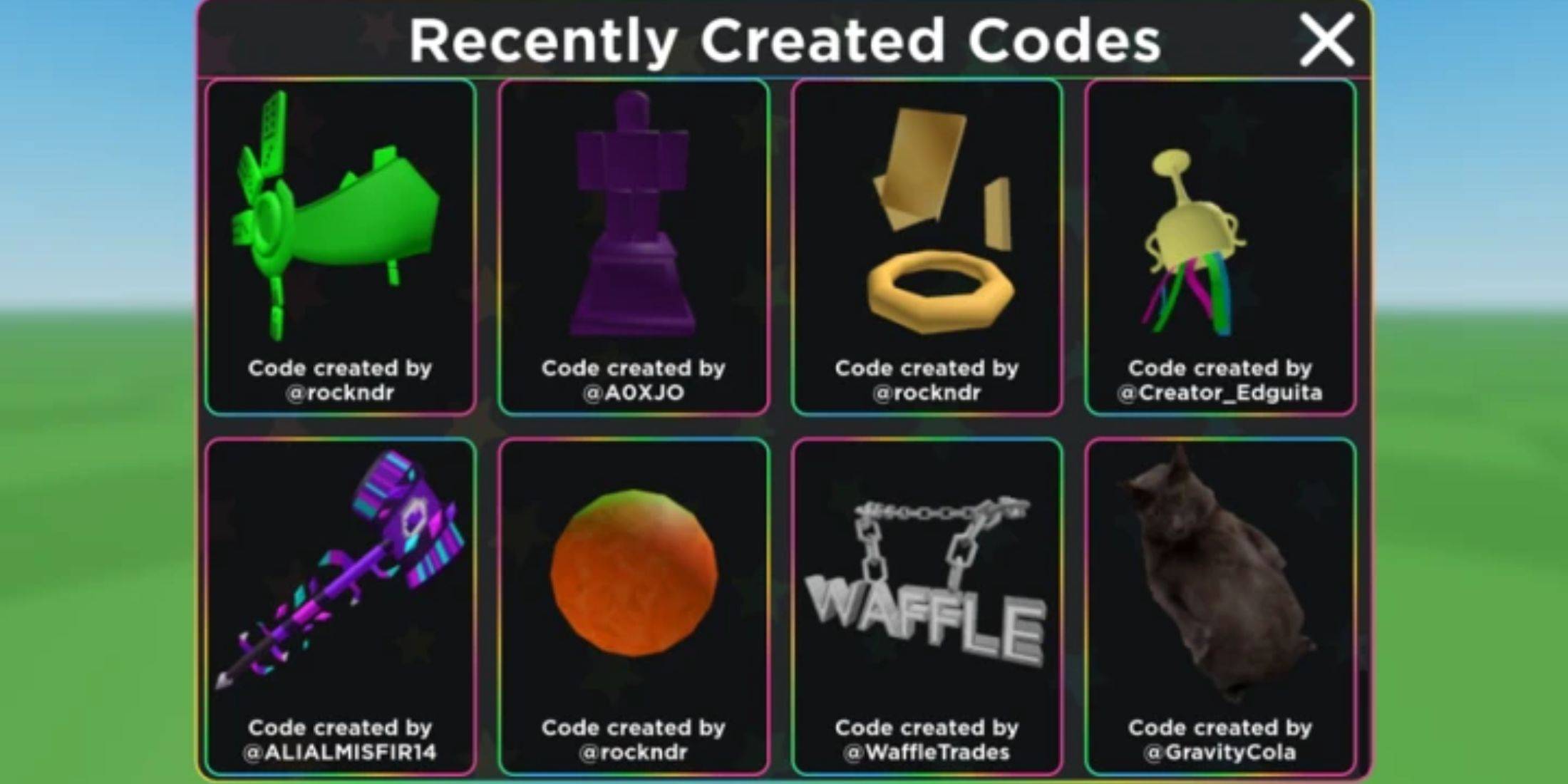
Roblox UGC Limited Codes Unveiled for January 2025
Jan 06,2025
-
3
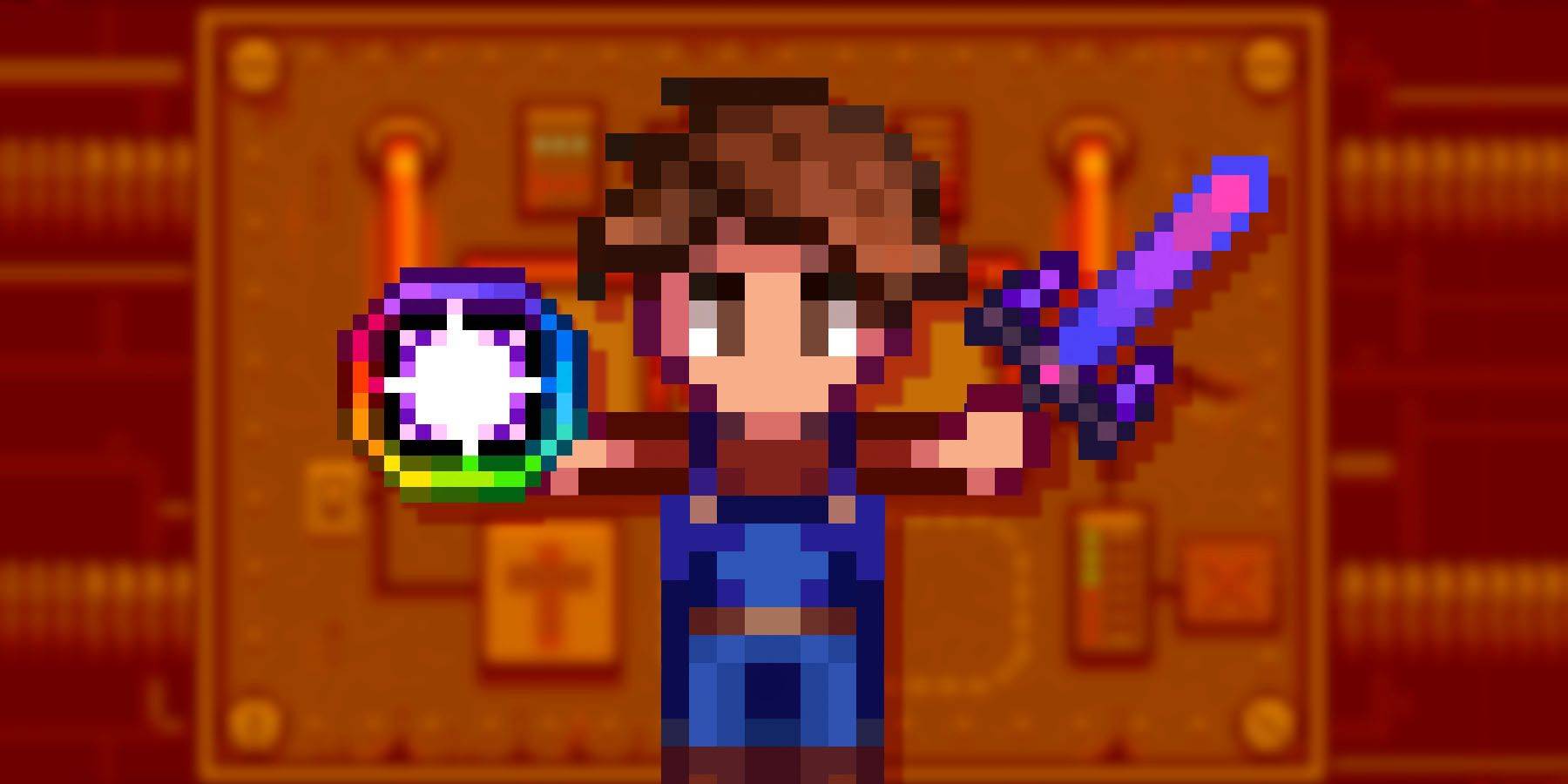
Stardew Valley: A Complete Guide To Enchantments & Weapon Forging
Jan 07,2025
-
4
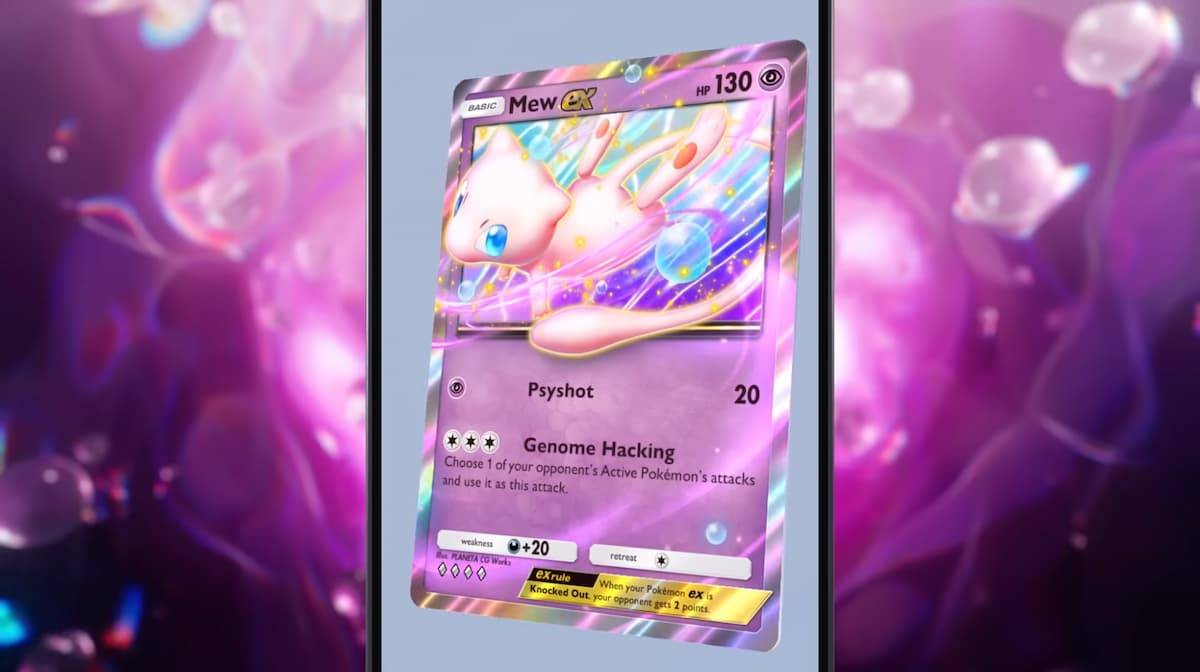
Pokémon TCG Pocket: Troubleshooting Error 102 Resolved
Jan 08,2025
-
5

Free Fire Characters 2025: Ultimate Guide
Feb 20,2025
-
6
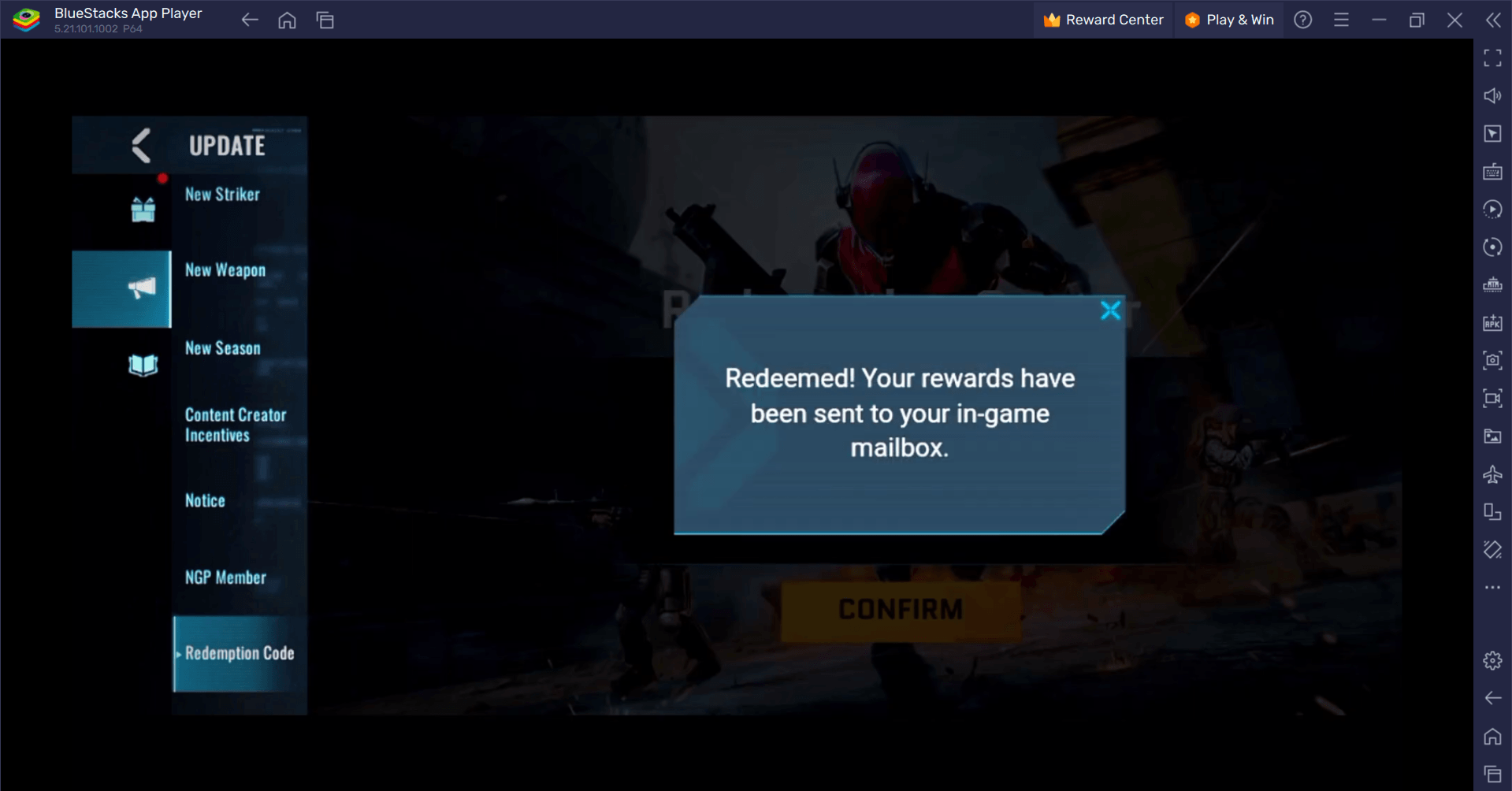
Blood Strike - All Working Redeem Codes January 2025
Jan 08,2025
-
7

Blue Archive Unveils Cyber New Year March Event
Dec 19,2024
-
8
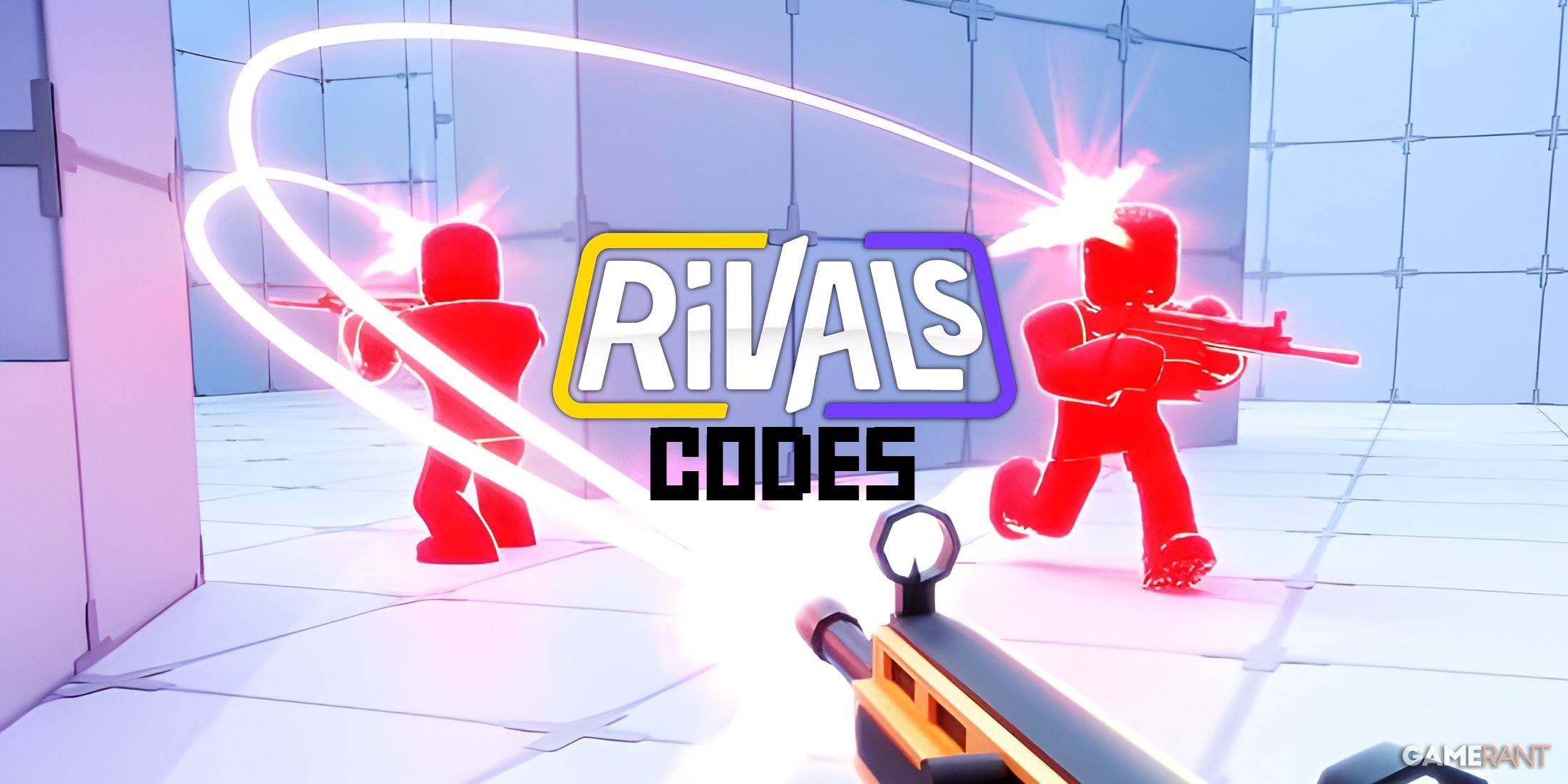
Roblox: RIVALS Codes (January 2025)
Jan 07,2025
-
9
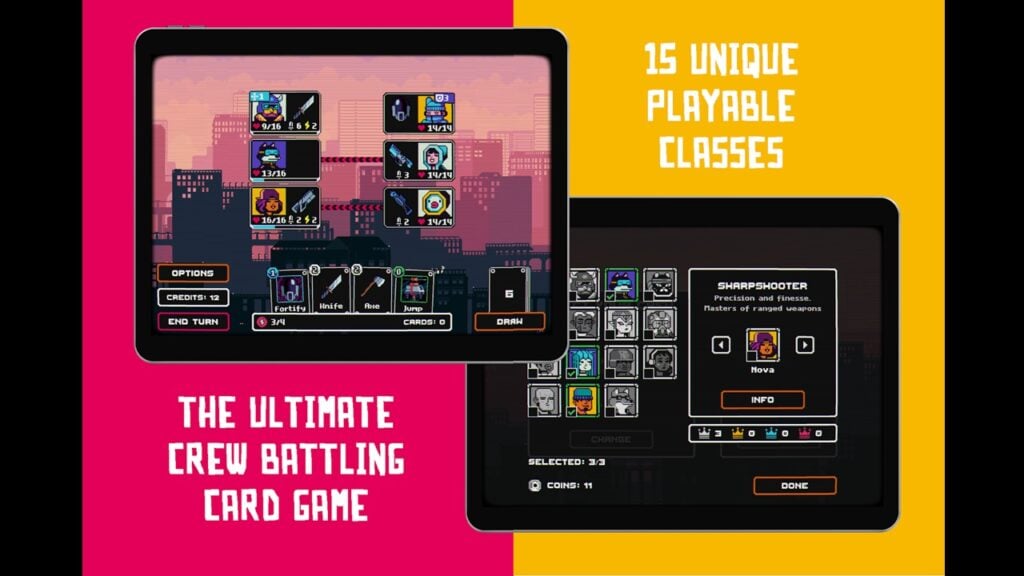
Cyber Quest: Engage in Captivating Card Battles on Android
Dec 19,2024
-
10
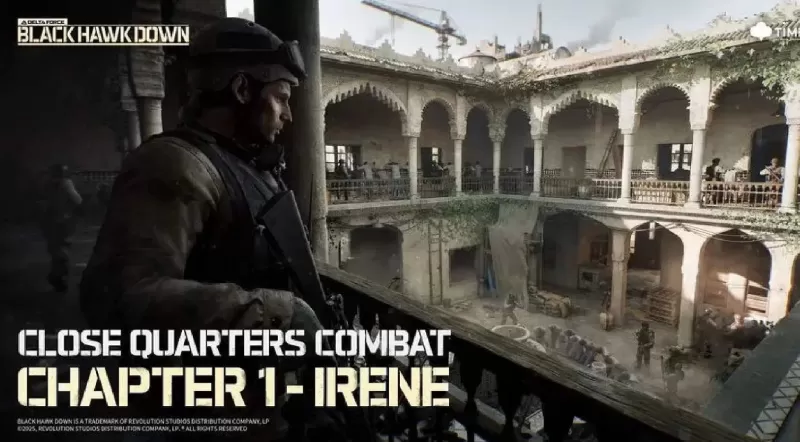
Delta Force: A Complete Guide to All Campaign Missions
Apr 09,2025
-
Download

A Simple Life with My Unobtrusive Sister
Casual / 392.30M
Update: Mar 27,2025
-
Download

Random fap scene
Casual / 20.10M
Update: Dec 26,2024
-
Download
![Corrupting the Universe [v3.0]](https://imgs.ksjha.com/uploads/66/1719514653667db61d741e9.jpg)
Corrupting the Universe [v3.0]
Casual / 486.00M
Update: Dec 17,2024
-
4
Ben 10 A day with Gwen
-
5
Oniga Town of the Dead
-
6
A Wife And Mother
-
7
Cute Reapers in my Room Android
-
8
Permit Deny
-
9
Utouto Suyasuya
-
10
Roblox


